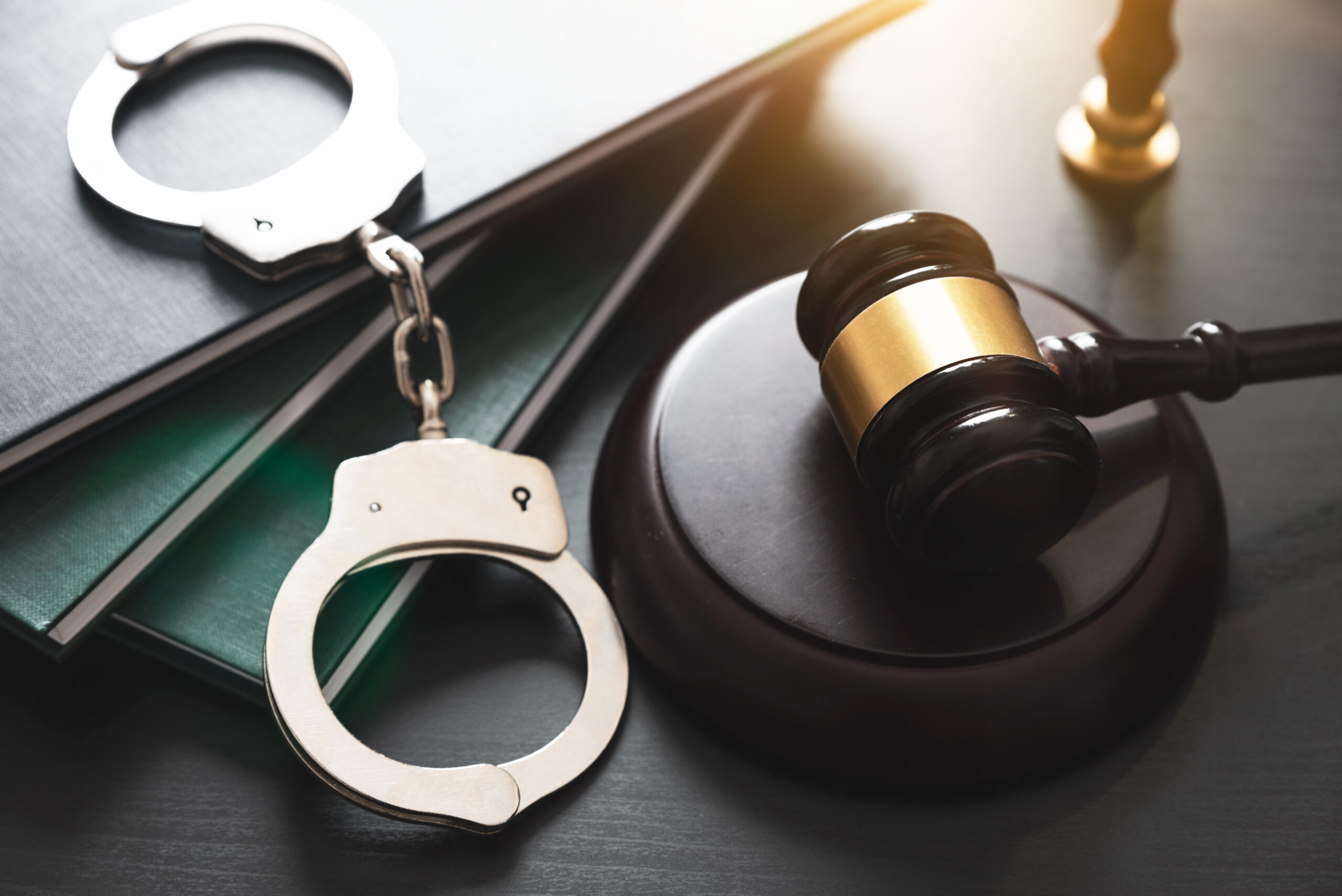Forensics is a vital part of the prosecution’s case against alleged offenders. Hair, blood, and DNA samples can go a long way toward getting a guilty plea, but traditional forensic work isn’t the only evidence-gathering method out there. So let’s take a look at computer forensics.
What Is Computer Forensics?
Computer forensics or digital forensics is a field of forensic science that applies digital investigative techniques to gather evidence from computing devices, phones, and other forms of digital technology. The goal of digital forensics is to provide a chain of evidence that proves or disproves criminal activity.
Different types of computer forensic examinations serve a unique purpose in evaluating evidence and providing proof in a criminal trial. These variations include:
- Email forensics: the recovery and analysis of emails, schedules, and contacts
- Database forensics: the examination of data and metadata from databases
- Malware forensics: the sorting and identification of potentially malicious programs like ransomware and other computer viruses
- Memory forensics: the collection of information and data stored in digital devices
- Mobile forensics: the analysis of mobile devices and retrieval of data like contacts, text messages, pictures, and video files
- Network forensics: the use of firewalls or intrusion detection systems to look for evidence via network traffic
How Does it Work?
Digital forensic investigation happens in three parts:
- Data Collection: You leave a digital footprint wherever you go, and your digital devices collect data over time. Digital forensic examiners isolate a device that may contain valuable information and make a digital copy. Analysts will evaluate the digital copy for potential evidence. If the copy is insufficient, investigators may use public information like Facebook profiles or Venmo charges to detect criminal patterns.
- Analysis: Once a digital copy is made, analysts use digital tools and software to process the evidence.
- Presentation: Once the analysis phase is complete, the digital forensic analyst will present their findings to the court.
These steps are the cornerstone of a digital investigation. In addition, analysts may use special programs or tools to help them evaluate the evidence.
It’s also important to note that digital forensics can use security camera footage, car data, and more to investigate criminal cases. Some analysts specialize in tracking financial patterns and habits in order to uncover fraud.
Examples of Digital Forensics
One of the most infamous fraud scandals was uncovered by a digital forensic analyst. Enron, an energy and commodities company, falsely reported revenue for years until it went bankrupt in 2001. Analysts were able to examine terabytes of data to uncover fraud.
Another well-known case involving digital forensics is the Casey Anthony case. Casey Anthony was arrested in 2008 for the murder of her two-year-old daughter, Caylee. The prosecution used Facebook photos to showcase her carelessness as a mother. Additionally, analysts evaluated Anthony’s search history and found over 84 searches for “chloroform,” a chemical used to incapacitate Caylee before her murder.
Why Computer Forensics Is Important
These days, we’re constantly leaving traces of our interests, conversations, and relationships across the internet every day. As a result, a careless post or an emotional text message can be used against you in court through digital forensic analysis.
More digital forensic analysts are entering the field every year, and as digital evidence becomes more popular, this form of investigation can come into play in your case. Digital evidence is especially weighty in jury trials – whether it’s CCTV footage of you at the scene of the crime or a text message where you voiced your intent to hurt someone in a fit of emotion.
While digital evidence is compelling, it is crucial to understand that sometimes things are lost in translation. You may text an ex something you didn’t mean, but the complex storm of emotions and the history of your relationship doesn’t translate well through a text. Juries often respond to emotion, and if you exhibit strong emotion, it could count against you.
The best thing you can do in these cases is speaking to an attorney. Shane Phelps Law. can help you defend your rights if computer forensics are used against you in court. Contact our firm today.


